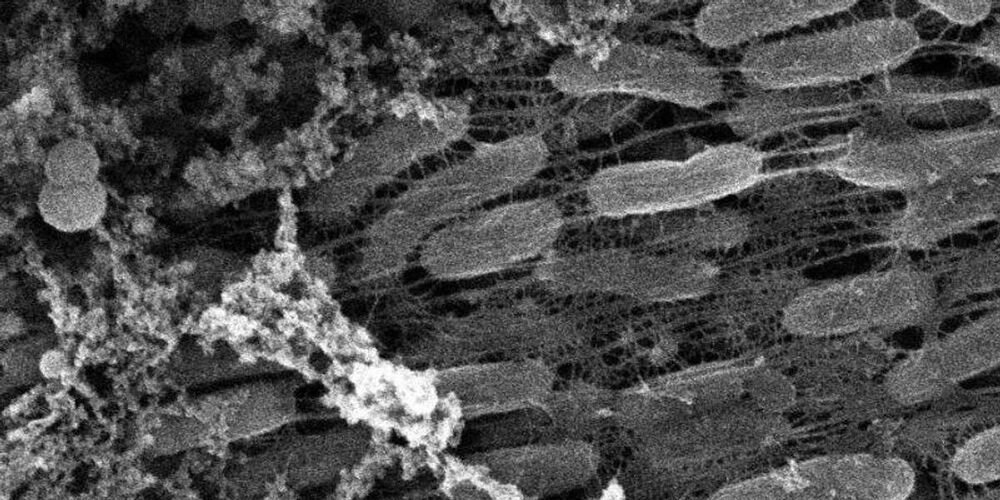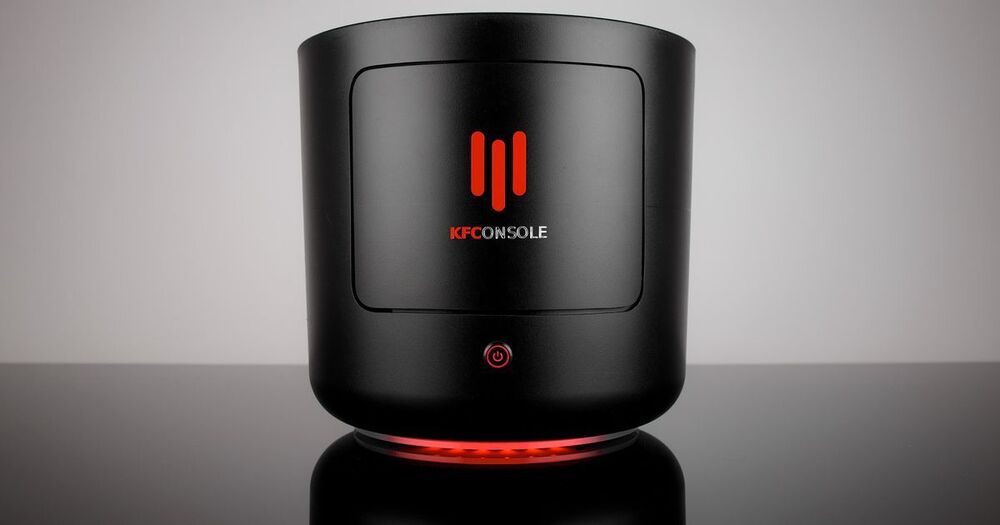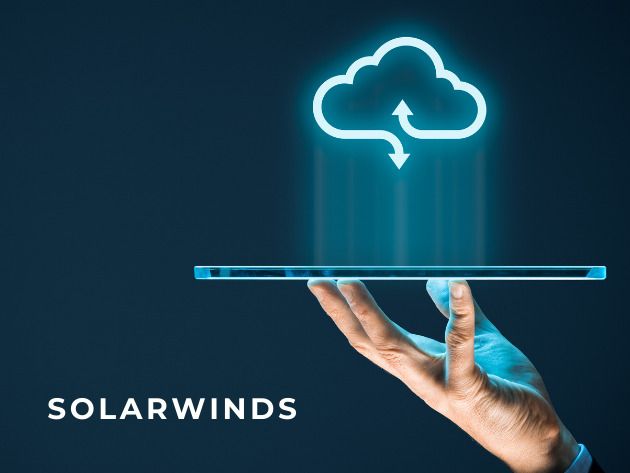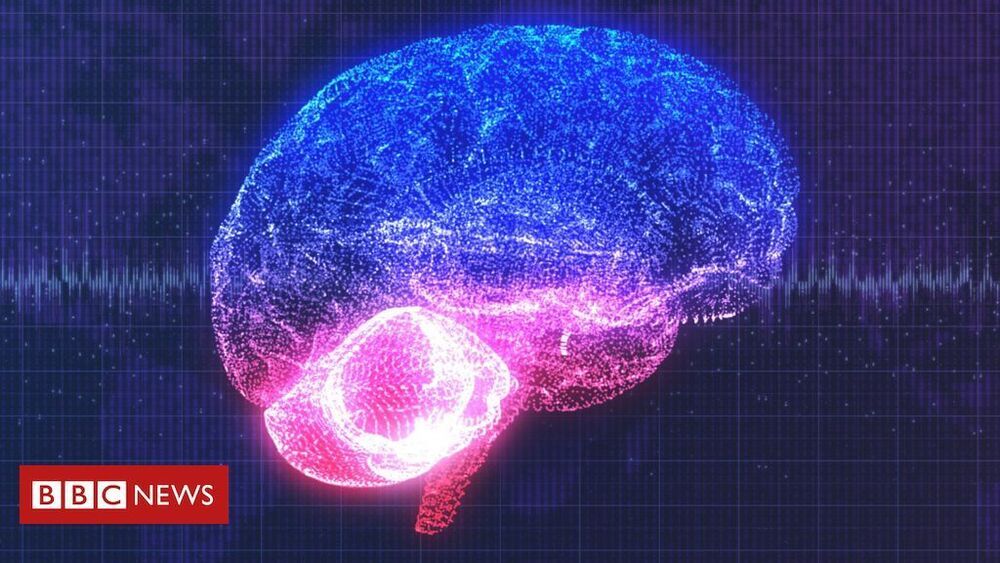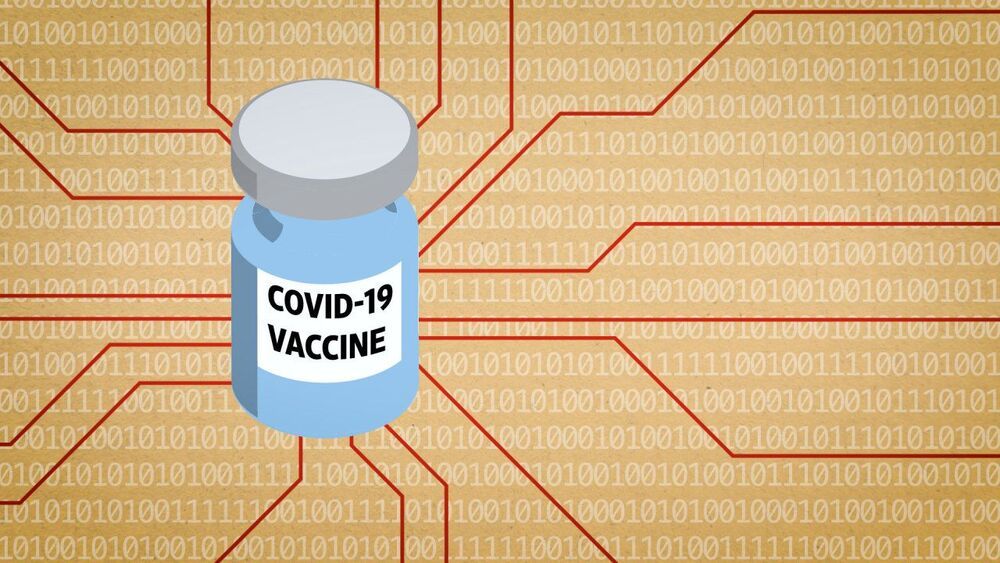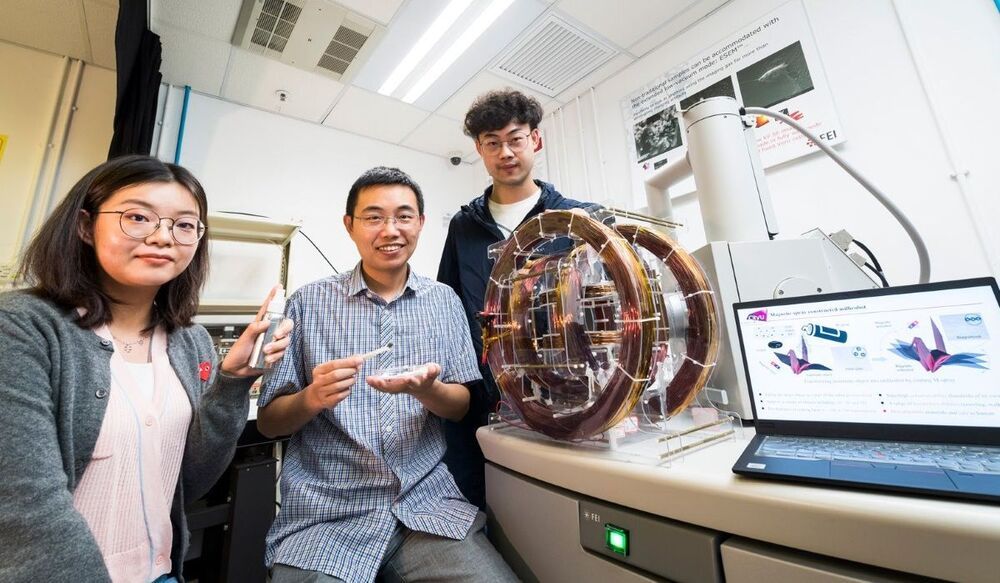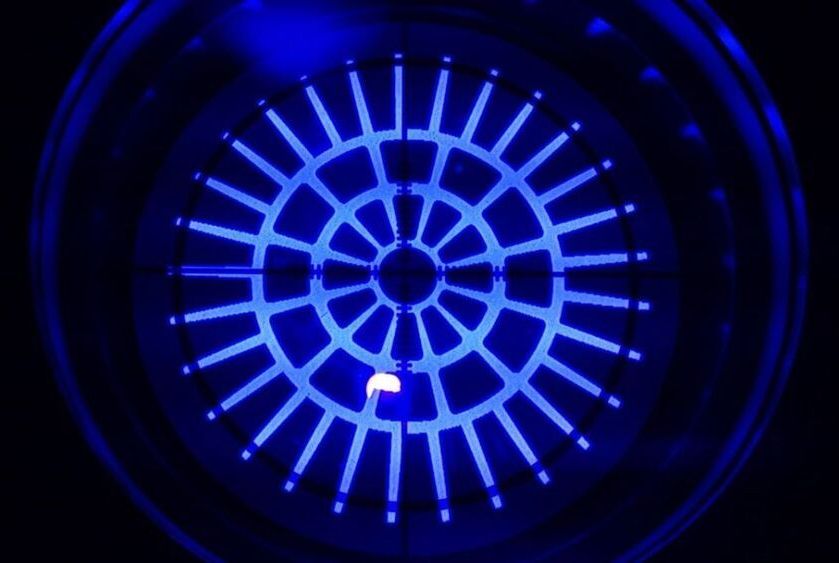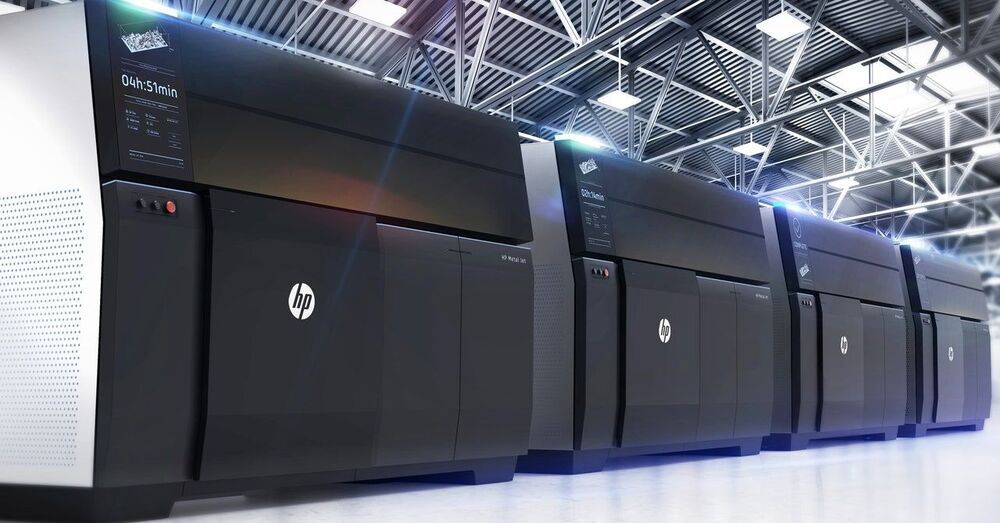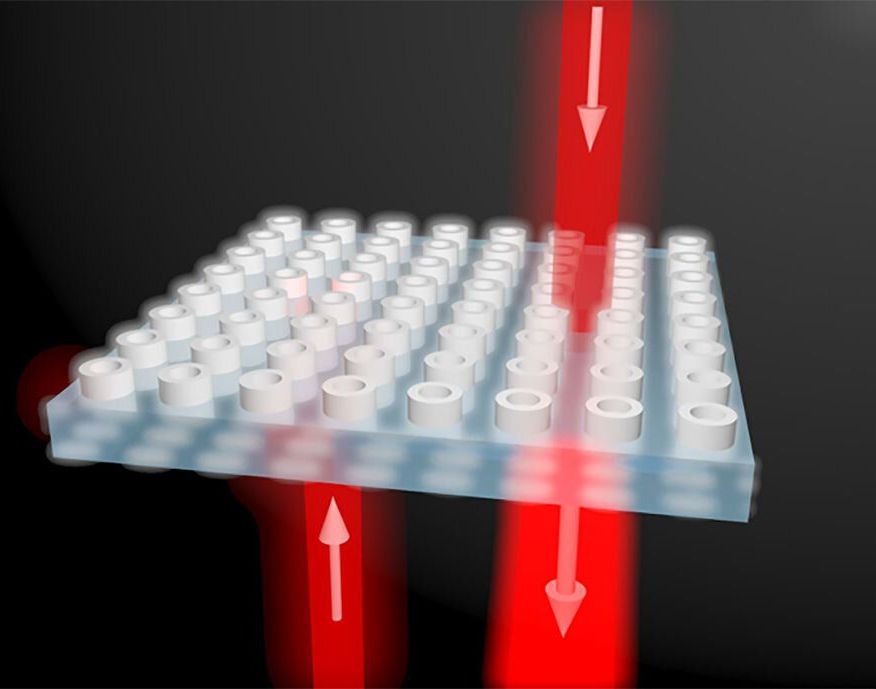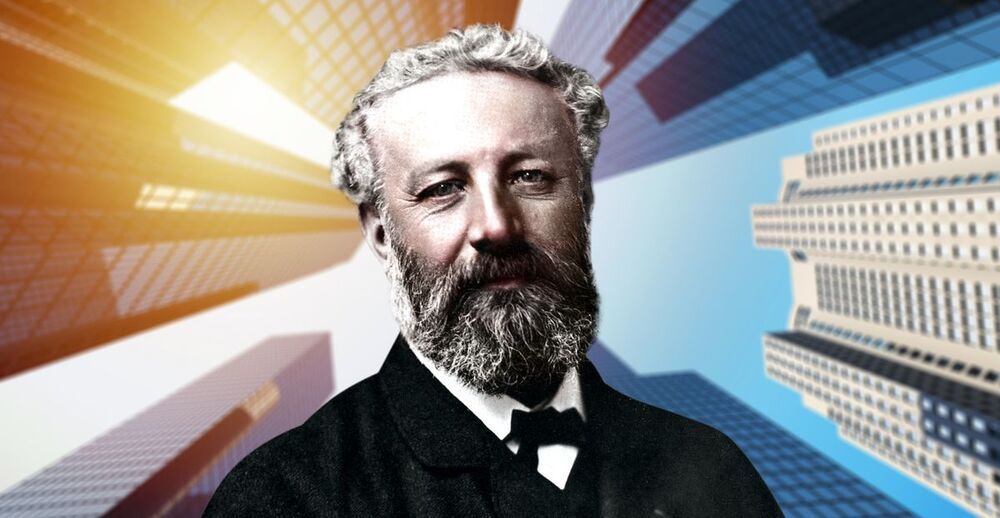Researchers find an unusual property of a bacteria that can breathe in metal.
Intel PR rep Mark Walton unveiled the new chicken-warming KFConsole on Twitter on Tuesday, reassuring confused gamers that the KFConsole is real and not a hoax. The official KFC Gaming Twitter account also released a new video on Tuesday showing off the chicken-warming chamber.
“Yes, it’s real,” Walton tweeted. “Yes, it’s powered by Intel. And yes, it has a chicken warmer.” Walton also revealed that the Cooler Master is behind the unusual console.”
The fast-food chain unveils a real gaming console powered by Intel that keeps your fried chicken warm while you play video games.
[Editor’s Note: Independent security consultant Christopher Budd worked previously in Microsoft’s Security Response Center for 10 years.]
Analysis: To understand where the SolarWinds attackers are going next, and how to defend against them, look to the clouds.
The SolarWinds supply chain attacks are unprecedented in many ways. The attacks are sophisticated in execution, broad in scope, and incredibly potent in their effectiveness. But perhaps most notable is the unprecedented manner in which the SolarWinds attackers seem to be seeking access to cloud-based services as one of their key objectives.
“The mind-reading technology works in two stages. First an electrode is implanted in the brain to pick up the electrical signals that manoeuvre the lips, tongue, voice box and jaw. Then powerful computing is used to simulate how the movements in the mouth and throat would form different sounds. This results in synthesised speech coming out of a “virtual vocal tract”.”
The technology could eventually help those who have lost their voice to speak again.
Covid-19 vaccines are coming—so are hackers.
As drugmakers distribute Covid-19 vaccines, cybersecurity experts are warning against the growing threat of tampering and theft by organized crime networks. WSJ explains how hackers are targeting the vaccine rollout during the pandemic. Illustration: George Downs.
Researchers in China have developed a biocompatible magnetic coating that actuates inanimate millirobots for biomedical applications.
It is thrilling to live at a time when robots the size of small insects, known as millirobots, can o.
The bladed disk will come down to Earth aboard a Space Dragon cargo capsule.
Made In Space just built its first ceramic part in orbit, 3D printing a single-piece turbine part onboard the International Space Station.
For now, the company’s new Metal Jet printers make key fobs and other doodads. But one day they could create car parts.
An international research team lead by Aalto University has found a new and simple route to break the reciprocity law in the electromagnetic world, by changing a material’s property periodically in time. The breakthrough could help to create efficient nonreciprocal devices, such as compact isolators and circulators, that are needed for the next generation of microwave and optical communications systems.
When we look through a window and see our neighbor on the street, the neighbor can also see us. This is called reciprocity, and it is the most common physical phenomenon in nature. Electromagnetic signals propagating between two sources is always governed by reciprocity law: if the signal from source A can be received by source B, then the signal from source B can also be received by source A with equal efficiency.
Researchers from Aalto University, Stanford University, and Swiss Federal Institute of Technology in Lausanne (EPFL) have successfully demonstrated that the reciprocity law can be broken if the property of the propagation medium periodically changes in time. Propagation medium refers to a material in which light and electromagnetic waves survive and propagate from one point to another.
Perhaps we need to pay Sci-Fi novels more heed-but which ones?
Nearly 150 years ago, Jules Verne penned a book with remarkably accurate predictions about the world of today. That book, however, was rejected and not brought to light until 1994.
Paris In The 20th Century is a posthumous work by Jules Verne, the legendary writer and traveler. Many consider him the “Father of Science-Fiction” via books such as Twenty Thousand Leagues Under The Sea, Journey To The Centre of the Earth and From The Earth To The Moon. Back To The Future fans will no doubt remember Doc Brown’s passion for the author’s prolific output.
A major appeal of Jules Verne was his ability to make predictions about the future. Paris In The 20th Century, submitted to publisher and mentor Pierre-Jules Hetzel in 1863, was no different. In 2014, The Architectural Review covered the novel, whose predictions included “gas-fueled vehicles that travel on asphalt roads, electric streetlights and, more ominously, indeed chillingly, the electric chair.”
